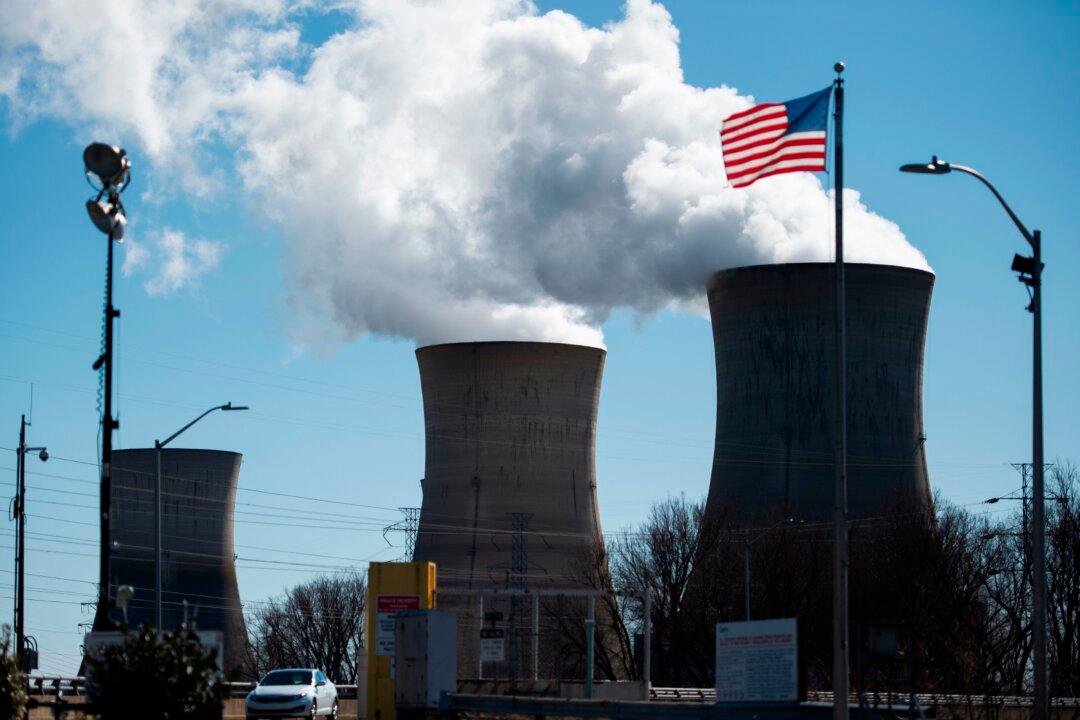The Biden administration’s commitment to transitioning to renewable “green” energies such as electric, nuclear, solar, and wind from fossil fuels over the next decade has fostered cart-before-horse disruptions and disconnects across an array of industries.
For instance, initiatives adopted over the past four years, when Democrats ruled both chambers in Congress in the Bipartisan Infrastructure Law (BIL) and the Inflation Reduction Act (IRA), aggressively promote the development of electric vehicles (EV) despite domestic manufacturers having scarce access to lithium and other key minerals needed to build EV batteries.





